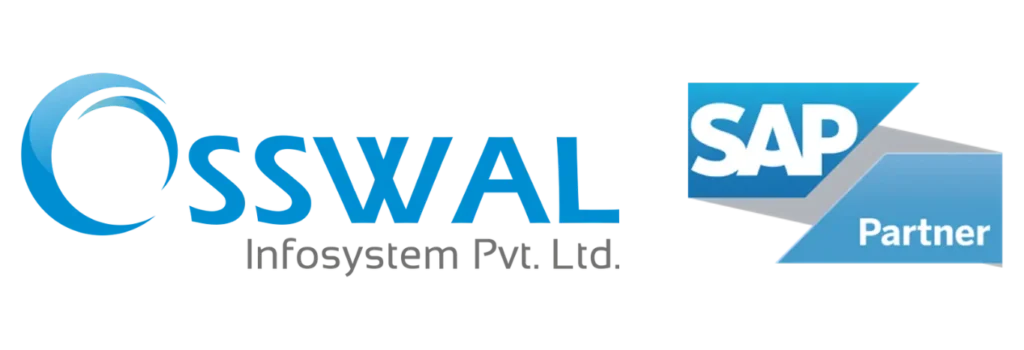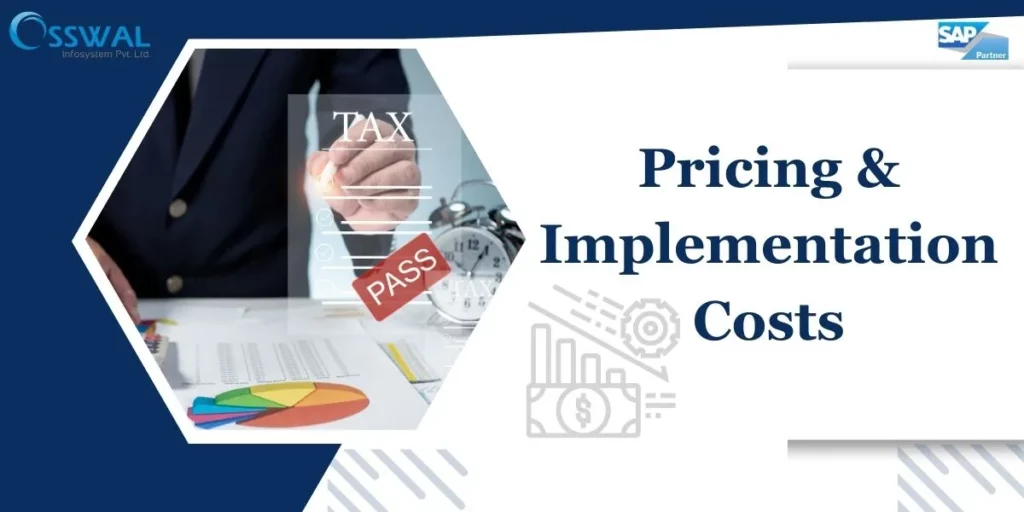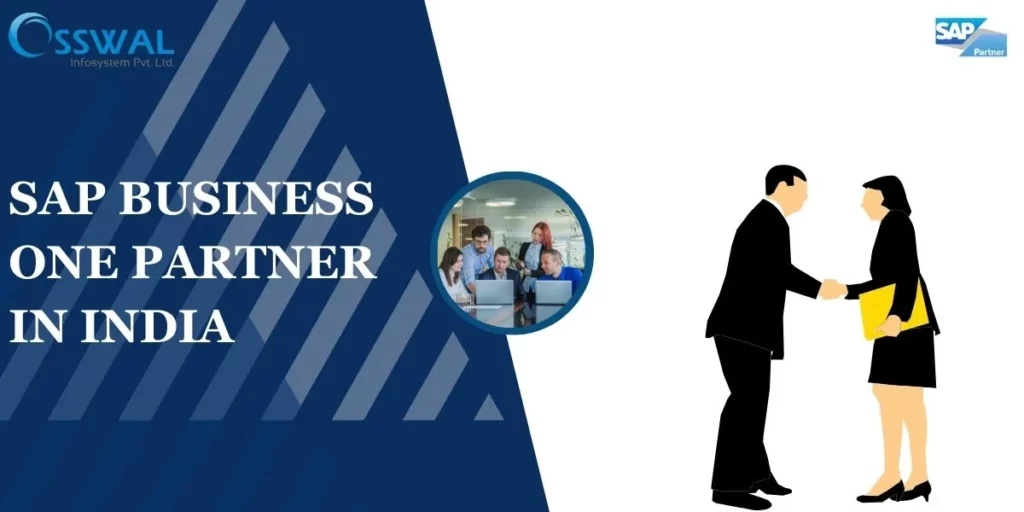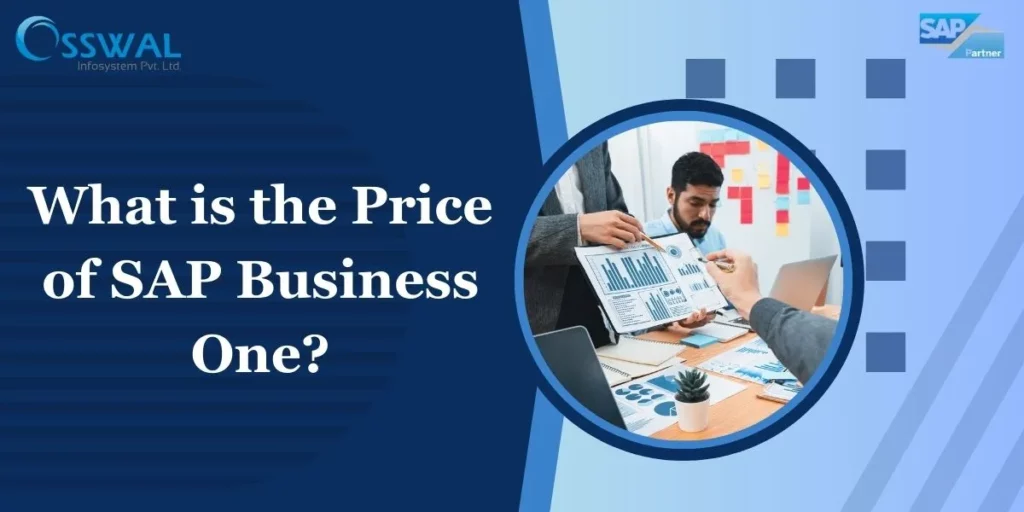In the dynamic landscape of business management solutions, SAP Business One has emerged as a powerful tool for small and medium-sized enterprises (SMEs) seeking to streamline their operations. However, understanding the pricing and implementation costs associated with SAP Business One is crucial for businesses contemplating its adoption.
SAP Business One Pricing
The pricing structure for SAP Business One is influenced by several factors, including the number of users, deployment options, and specific requirements of the business. Typically, SAP B1 offers a modular pricing model, allowing businesses to tailor the solution to their unique needs. The core modules encompass finance, sales, purchasing, inventory, and customer relationship management (CRM).
The licensing fees for SAP Business One are based on a named user model, where each user requires a license to access the system. As the number of users increases, so does the overall cost. It’s important for businesses to accurately assess their user requirements to avoid over-licensing.
Additionally, deployment options play a crucial role in pricing. Businesses can choose between an on-premise installation and a cloud-based subscription. The on-premise model often involves higher upfront costs for hardware and implementation but may be preferred by businesses with specific security or compliance concerns. On the other hand, the cloud-based subscription model offers flexibility and scalability, with costs spread over a subscription period.
Implementation Costs
Implementation costs for SAP B1 vary based on the complexity of the business processes, the level of customization required, and the size of the organization. These costs typically include software implementation, data migration, training, and ongoing support.
Software Implementation:
The initial software implementation involves configuring the system to align with the business’s unique processes. This phase may require collaboration with SAP consultants or third-party implementation partners.
Data Migration:
Transferring existing data into SAP Business One is a critical aspect of implementation. The complexity of data migration depends on the volume and structure of the data, and businesses should budget for potential challenges during this phase.
Training:
Proper training is essential to maximize the benefits of SAP B1. Training costs include educating users on the system’s functionalities and ensuring a smooth transition to the new platform.
Ongoing Support:
Post-implementation, businesses may incur ongoing support costs for updates, maintenance, and troubleshooting. Some businesses opt for support packages provided by SAP or third-party vendors.
Conclusion
While the pricing and implementation costs of SAP Business One may seem substantial, the investment often pays off in improved efficiency, accuracy, and visibility across business operations. To make informed decisions, businesses should conduct a thorough assessment of their needs, carefully consider the pricing structure, and plan for both initial implementation and long-term support. In the ever-evolving business landscape, SAP Business One stands as a comprehensive solution that, when implemented thoughtfully, can empower SMEs to thrive in a competitive market.



